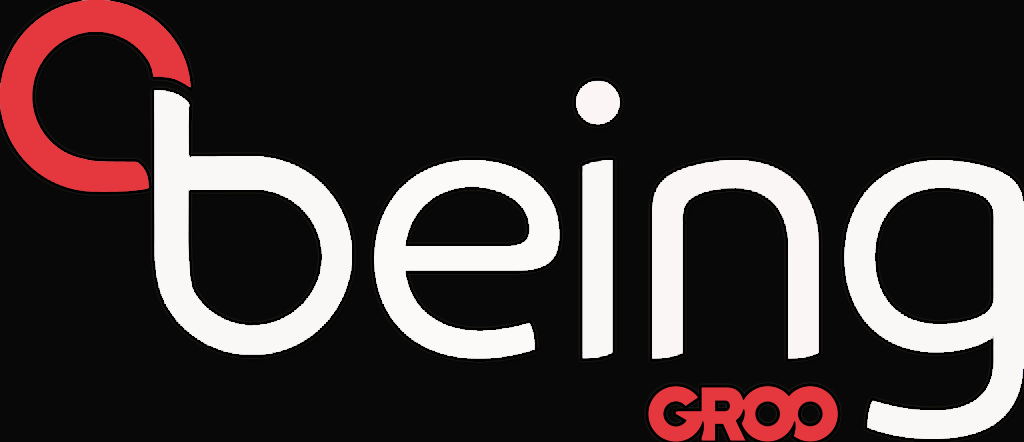YouTube is a powerhouse for content creators, with billions of active users worldwide. To stand out in this crowded space, especially within specific niches, it’s crucial to optimize your videos for maximum reach. By focusing on targeted strategies, you can boost your visibility, engage the right audience, and grow your channel effectively. Here’s a step-by-step guide to mastering YouTube video optimization for niche audiences.
1. Understand Your Niche and Target Audience
The first step in optimizing your content is understanding the niche you’re catering to. Whether it’s tech reviews, beauty tutorials, or pet care tips, knowing your audience’s preferences, challenges, and interests is critical.
- Research Trends: Use tools like Google Trends, YouTube Analytics, and niche-specific forums to identify trending topics.
- Audience Persona: Define your target audience’s age, gender, location, and interests to create content that resonates with them.
For example, if your niche is dog grooming, focus on topics like “best grooming tools for large dogs” or “how to calm pets during grooming sessions.”
2. Use Strategic Keywords in Titles and Descriptions
Keywords are the backbone of YouTube SEO. Including the right keywords ensures that your video appears in search results when users type relevant queries.
- Identify Keywords: Use platforms like TubeBuddy or VidIQ to find high-ranking keywords specific to your niche.
- Title Optimization: Create concise yet engaging titles incorporating your main keyword. For example, “5 Best Travel Hacks for Budget-Friendly Adventures.”
- Description Tips: Write a detailed description that includes your keywords naturally without stuffing. Mention key points covered in the video and include links to your website or social media.
3. Create Custom Thumbnails
Your video’s thumbnail is like a book cover it should entice viewers to click.
- Design Eye-Catching Thumbnails: Use bold text, contrasting colors, and high-resolution images to grab attention.
- Highlight Niche Appeal: For instance, the beauty niche, features a close-up of a makeup look or product.
- Maintain Consistency: Develop a consistent style for thumbnails to create a recognizable brand.
4. Optimize Video Tags
Tags help YouTube understand your video’s content and match it with user searches.
- Include Niche-Specific Tags: If you’re creating a video about DIY crafts, use tags like “DIY crafts,” “crafting ideas,” and “budget crafts.”
- Use Long-Tail Keywords: Phrases like “easy DIY projects for beginners” are more specific and effective for niche targeting.
5. Create High-Quality, Engaging Content
Even the best optimization strategies won’t succeed if your content lacks quality. Delivering value to your audience is non-negotiable.
- Solve Problems: Focus on addressing your audience’s pain points. For example, a fitness channel could create videos like “Quick Home Workouts for Busy Moms.”
- Encourage Interaction: Ask viewers to like, comment, and share your video. Responding to comments builds a loyal community.
- Keep It Concise: Avoid fluff and get straight to the point, especially for tutorial or informational videos.
6. Leverage the Power of Playlists
Organize your videos into playlists to keep viewers engaged for longer.
- Group Similar Videos: For example, if your channel focuses on tech, create playlists like “Smartphone Reviews” and “Top Gadgets of the Year.”
- Optimize Playlist Descriptions: Add relevant keywords to your playlist titles and descriptions.
7. Add a Strong Call-to-Action (CTA)
Guide your audience on what to do next. A strong CTA can significantly improve engagement and retention.
- Verbal CTAs: Ask viewers to “Subscribe for more content” or “Click the bell icon for updates.”
- End Screens and Cards: Use these features to recommend other related videos, encouraging binge-watching.
8. Focus on Watch Time and Retention
YouTube’s algorithm favors videos that keep viewers engaged.
- Hook Viewers Early: Start your video with an attention-grabbing statement or question.
- Use Chapters: Break longer videos into sections using timestamps.
- Analyze Audience Retention: Use YouTube Analytics to see where viewers drop off and refine future videos accordingly.
9. Promote Your Videos Beyond YouTube
Optimizing for YouTube is just the beginning. Expanding your reach through other platforms is equally important.
- Share on Social Media: Post snippets of your video on Instagram, Facebook, and Twitter with a link to the full video.
- Collaborate with Influencers: Partner with influencers within your niche to reach a broader audience.
- Embed on Blogs: If you have a blog, embed your videos to drive traffic from your website to your YouTube channel.
10. Monitor and Refine Your Strategy
Optimization is an ongoing process. Regularly monitor your video’s performance to understand what works and what doesn’t.
- Check Analytics: Look at metrics like views, watch time, and click-through rate (CTR).
- Experiment with Formats: Test different video lengths, styles, and topics to see what resonates with your audience.
- Adjust Based on Feedback: Listen to your viewers and incorporate their suggestions into future content.
By implementing these strategies, you can ensure your YouTube video reaches its full potential within your niche. To further enhance your visibility, consider boosting your YouTube video reach with shares.
